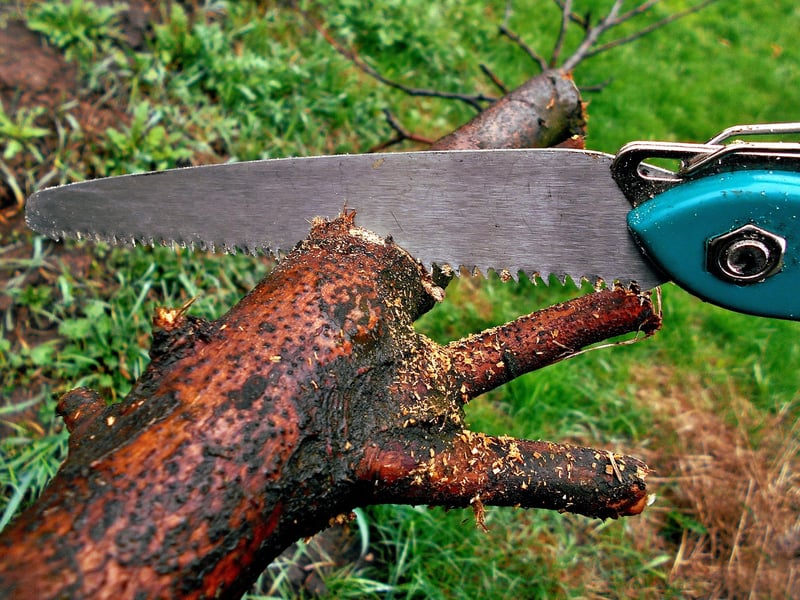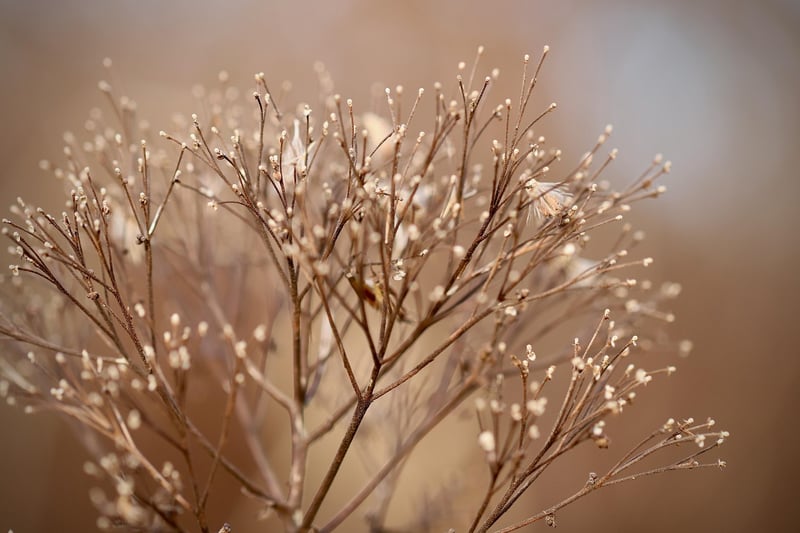Pruning Techniques
Keep Your Garden Healthy with Proper Pruning Techniques
Welcome to our guide on how to keep your garden healthy by mastering the art of pruning. Whether you're a seasoned gardener or just starting, pruning is an essential skill that can help your plants thrive. In this article, we will explore the benefits of pruning, when to prune different types of plants, essential tools you'll need, and some expert tips to ensure your garden flourishes all year round.
The Benefits of Pruning
Pruning is not just about cutting back overgrown branches; it is a crucial practice that promotes plant health and enhances the overall appearance of your garden. Here are some key benefits of regular pruning:
- Promotes plant growth and improves flowering
- Helps maintain the shape and size of plants
- Prevents disease by removing dead or diseased branches
- Increases air circulation and sunlight penetration
- Encourages fruit production in fruit-bearing plants
When to Prune
Knowing when to prune is essential to ensure you don't harm your plants. Here are some general guidelines on when to prune different types of plants:
Flowering Shrubs
Prune after flowering to prevent cutting off next season's blooms.
Fruit Trees
Prune during the dormant season in late winter to early spring.
Deciduous Trees
Prune in late winter when the tree is dormant.
Evergreen Trees and Shrubs
Prune in early spring before new growth appears.
Essential Pruning Tools
Having the right tools can make pruning much easier and more effective. Here are some essential tools every gardener should have:
- Pruning Shears
- Loppers for thicker branches
- Pruning Saw for larger branches
- Gloves to protect your hands
- Sharpening tools to keep your equipment in top condition
Expert Tips for Successful Pruning
Now that you understand the basics, here are some expert tips to take your pruning skills to the next level:
- Always use sharp, clean tools to make precise cuts and prevent the spread of disease.
- Remove dead, damaged, or crossing branches to improve plant health.
- Prune at a 45-degree angle just above a bud to promote new growth.
- Step back and assess your work as you go to ensure you're achieving the desired shape.
- Research specific pruning techniques for different plant species to ensure you're pruning correctly.
With these tips and techniques, you can keep your garden healthy and thriving throughout the year. Happy pruning!


